5305008515164
Price Quote Get an up to date pricing and availability quote for this product. Order online or over the phone.
Quality Commitment
Serving our customers with quality and safety first.
- AS9120 Certified
- Audited supply chain
- ITAR Registered
- DDTC Registered
- HAZMAT Certified
- Customer service objectives
- Every product 100% inspected

5305-00-851-5164 Specification Set by the OEM (see RNCC code 3)
3a
RIGHT-Hand
0.230in. and 0.290in. ⁓19/64"
2.740in. and 2.760in. ⁓2-49/64"
hexagon
0.240in. and 0.260in. ⁓17/64"
0.430in. and 0.439in.
0.070in. ⁓5/64"
0.280in. and 0.300in.
0.170in. and 0.190in.
flat
w/o internal drive
0.250in. ⁓1/4"
6
drilled
28
26.0 rockwell c and 32.0 rockwell c
hexagon longitudinal hole
45.0 degrees
hole drilled on longitudinal axis of head, 0.188 in. dia, 0.185 in. deep, unthreaded portion externally relieved, 0.246 in. min, 0.249 in. max 1st dia from head, 0.220 in. min, 0.225 in. max 2nd dia from head, 1.000 in. lg from largest bearing surface of head to end of 1st dia, 2.200 in. lg from largest bearing surface of head to end of 2nd dia
steel comp 4140
ams 6382 assn std single material response
cadmium
ams 2400 assn std single treatment response
unf
Cross Reference Parts Part numbers that meet the specification outlined on this page and set by the OEM
Identification Item Identification Guide (IIG) and Item Name Code (INC)
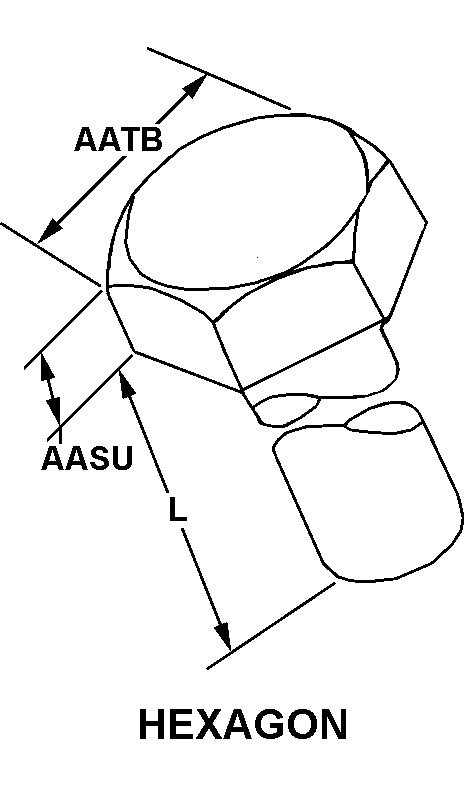

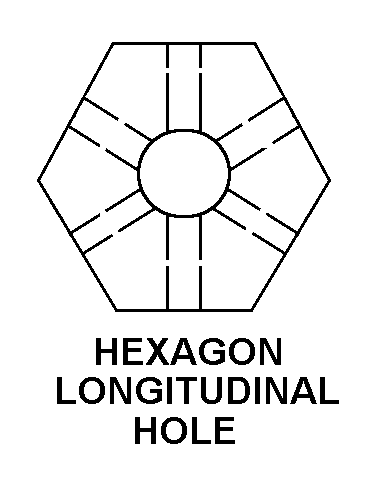
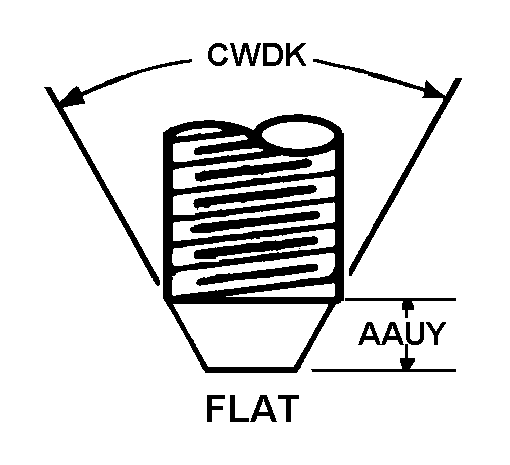
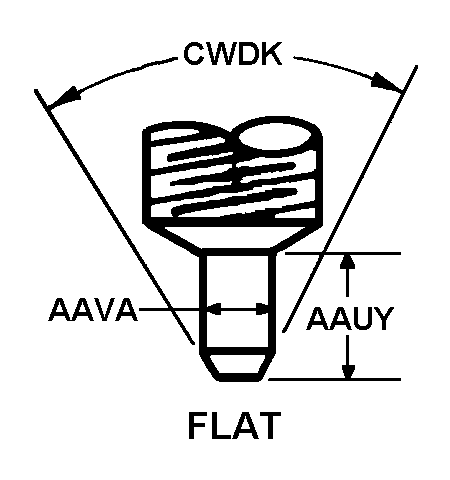

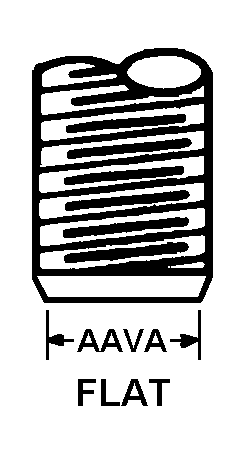
Definition Definition of approved item name (AIN): "SETSCREW"
An externally threaded device whose threaded portion is of one nominal diameter with or without a head and having a cup, cone, or other type of machined point designed to prevent or restrict relative movement of parts and designed to be driven with either a wrench or inserted driver. A locking feature may be incorporated in the design of the head or threads.
5305-00-851-5164 Material Hazmat, Precious Metals, Criticality, Enviroment, and ESD
Indicates there is no data in the hmirs and the nsn is in a fsc not generally suspected of containing hazardous materials.
Precious metal content is unknown
The item does not have a nuclear hardened feature or any other critical feature such as tolerance, fit restriction or application.
Identification Codes
HMIC: Hazardous Material Indicator Code. A one position code that identifies a hazardous item.
PMIC: Precious Metal Indicator Code. A one position code which identifies items that have precious metals as part of their content. precious metals are those metals generally considered to be uncommon, highly valuable, and relatively superior in certain properties such as resistance to corrosion and electrical conductivity.
ESD: Electrostatic Discharge. Indicates if an item is susceptible to electrostatic discharge or electromagnetic interference damage. electrostatic discharge damage occurs when an accumulation of static electricity generated by the relative motion or separation of materials is released to another item by direct contact. electromagnetic interference damage occurs when an item comes into proximity with an electrostatic or magnetic field.
ENAC: Enviromental Attribute Code. Identifies items with environmentally preferred characteristics.
CRITL: Criticality Indicator Code. Indicates an item is technically critical by tolerance, fit, application, nuclear hardness properties, or other characteristics.
Material Management Material categorization and source of supply
U.s. Army aviation & missile command (air), attn: amsmi-lc-mm-c, redstone arsenal,al 35898-5230
Material Codes
SOS: Source of Supply. A three position code or routing identifier code (ric), which identifies the source of supply activity.
SMIC: Special Material Indicator Code. A two position code, which categorizes material on the basis of requirements for source or quality control, technical design or configuration control, procurement, stocking and issue control, special receipt, inspection, testing, storage, or handling.
MMAC: Material Management Aggregation Code. A two position code that identifies an item of supply to be managed by a specific activity manager.
MCC: Material Echelon Code. A two position code employed by the marine corps in classifying items into categories by materiel category and procurement echelon. the alphanumeric management code is in the first position and identifies the materiel category
IMC: Denotes wether items shall be subjected to integrated management under the defense supply agency or retained by the individual military service or other department of defense components for their management. Assigned by th activity responsible for item management coding.






